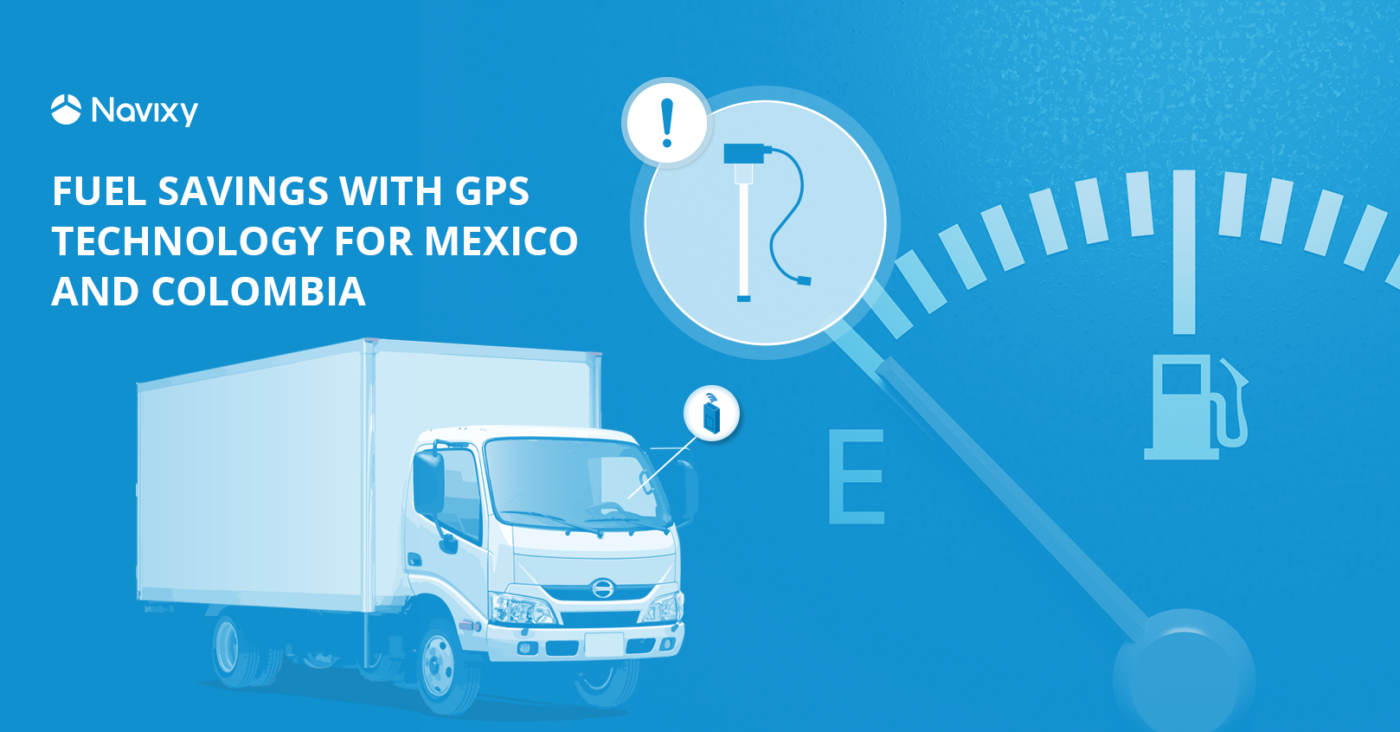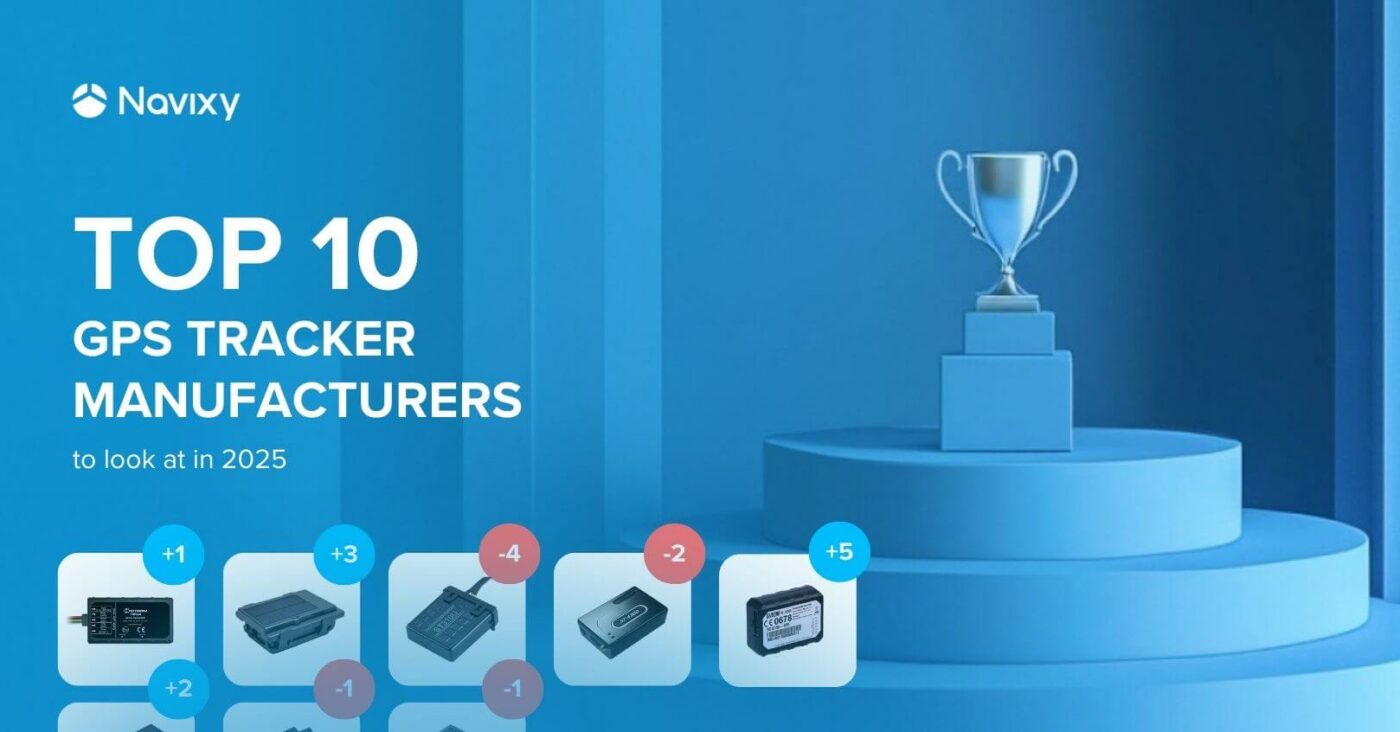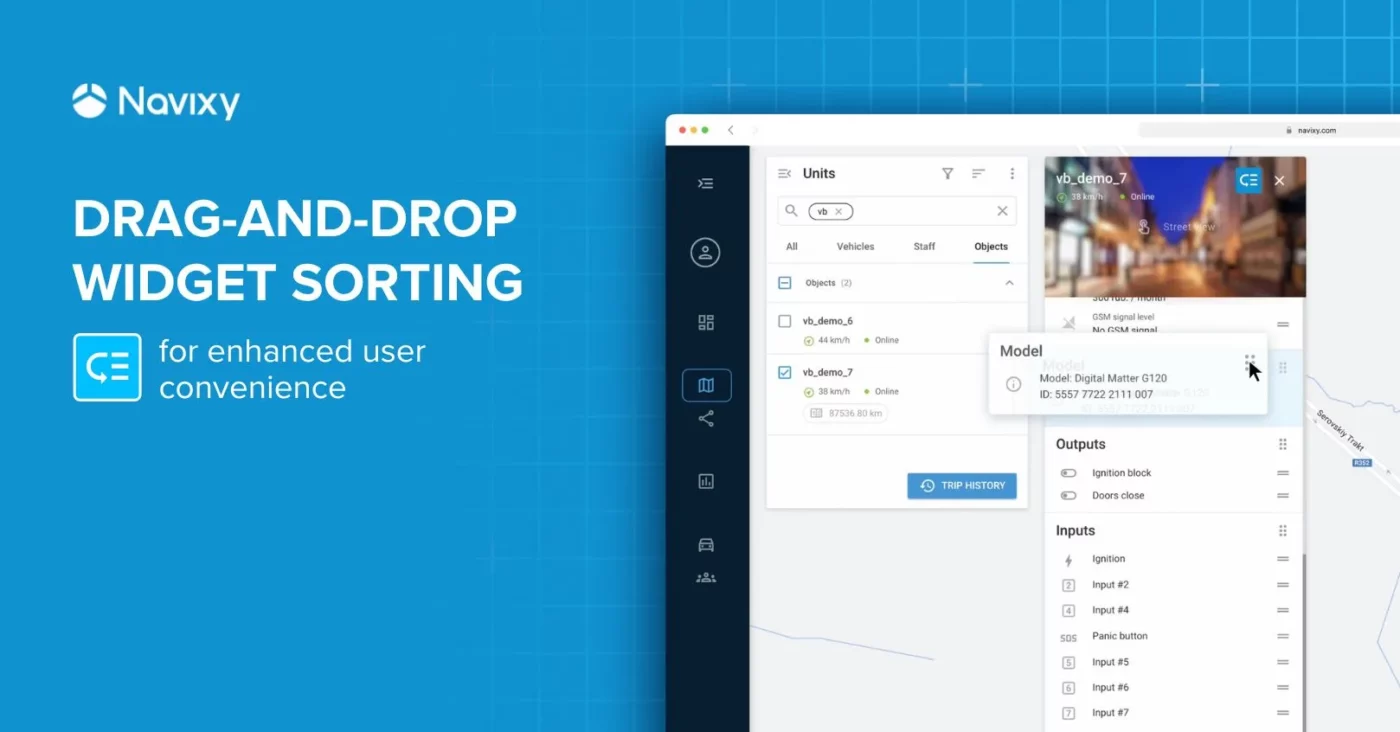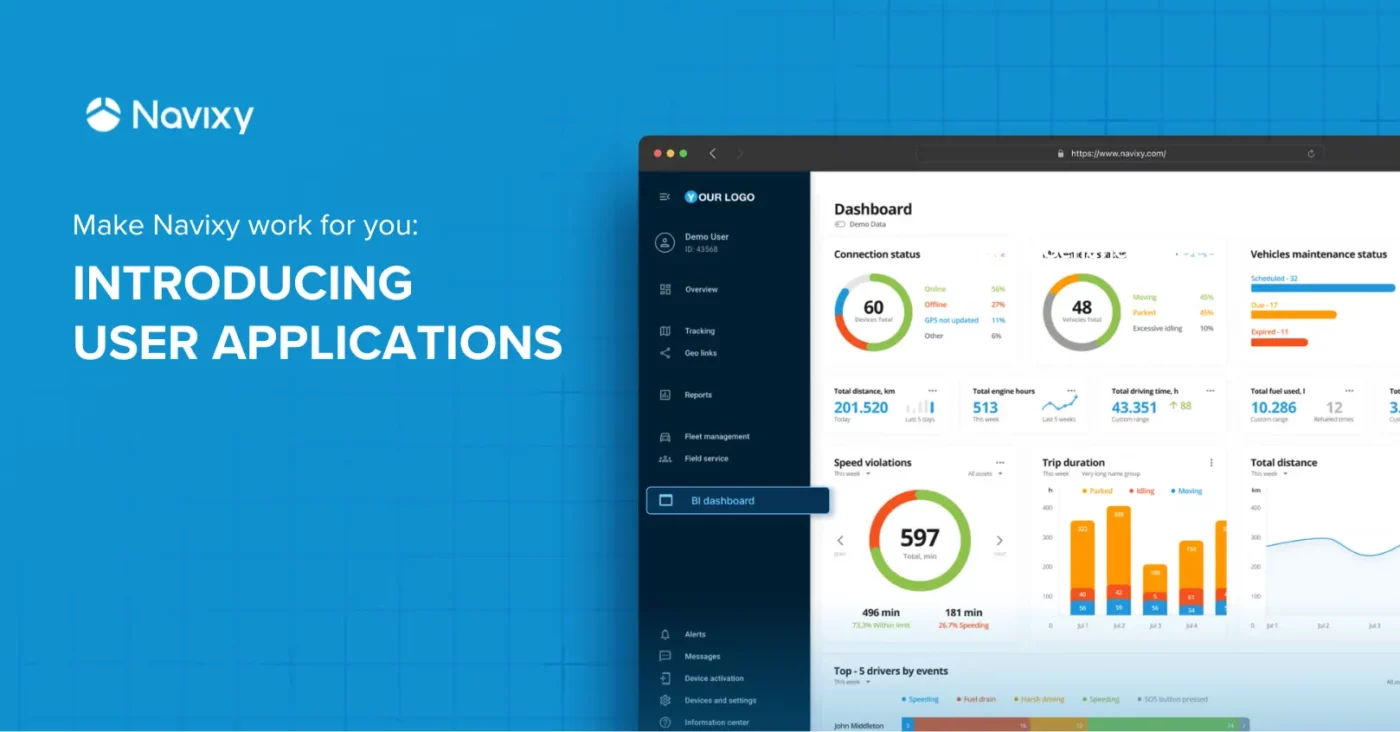Rising fuel costs have made gasoline savings a crucial issue for Latin American transportation companies. For example, in Mexico, the year ended with a 7.9% increase in the price per liter of diesel, while in Colombia, there was a 13% increase from November 2022 to March 2023. The problem with rising fuel costs generates a domino effect in the economy and impacts all sectors, with public transportation, transporters, and logistics being hit the hardest. Therefore, it's no wonder that reducing fuel expenses, increasing efficiency, and managing fuel correctly are among their top priorities.
Boson TI and beyond gasoline savings
Boson TI, a Mexican company dedicated to designing technological solutions with 25 years of experience, has developed a solution aimed at solving the problems for proper fuel management in a vehicle fleet: Alert Fuel Plus.
Their cutting-edge technology enables freight companies to have efficient and reliable fuel management of their fleets, avoiding economic losses and improving financial efficiency.
Their experience with the transportation sector enabled them to develop a sensor that allows the measuring of up to four fuel tanks at all times (with the engine on or off). Together with a GPS tracking system, it enables detecting and notifying the exact moment and location where fuel refills and extractions occur. Their smart sensors take exact measurements (100 times per second) even when the vehicle is in motion, causing waves. Moreover, it can detect fuel that is "fraudulent" or "diluted," as in the case of "huachicol"; they also comply with safety and quality standards and regulations to eliminate the occurrence of sparks.
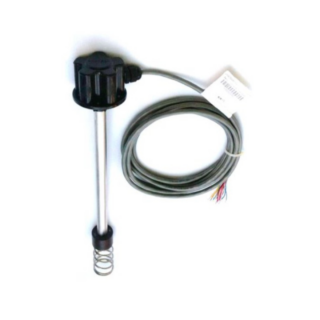
According to customer reports, over 50% of financial losses are a result of fuel theft or misuse. The predominant issues are associated with fuel extraction, fraudulent fuel expenses (inflated invoices, inadequate refueling), and driving habits.
The reality of these companies in their day-to-day operations is that they have tried to control theft, loss, and misuse with spreadsheets, manual ticket controls, payment audits, consumption estimates, or, worse yet, they resign themselves to operating at a loss.
Fuel sensors have changed the game by providing valuable information in real-time, automatically lowering the aforementioned issues. Sensors detect gas levels in a tank, calculating actual usage and consumption patterns, enabling effective decision-making, optimal routes, operations, and cost savings.
Below, you can identify the savings that different types of vehicles and industries have been able to achieve thanks to the use of technologies such as those from Boson TI.
| Use case | Vehicle type | Units | Avg. Savings | Fuel consumption per unit | Savings per unit | Fleet savings | ||||
|---|---|---|---|---|---|---|---|---|---|---|
| Monthly Liters | Monthly Thousands $ | Monthly Thousands $ | ||||||||
| Cargo Carrier in General and Parcels | Dry Boxes and Last Mile Vans | 2,581 | 8.2% | 4,850 | $118.8 | $1.4 | $9.7 | $116.9 | $25.1 | $301.8 |
| Carrier Specialized in New Vehicles | Car Hauler Truck | 1,377 | 8.1% | 4,800 | $117.6 | $1.4 | $9.5 | $113.9 | $13.1 | $156.9 |
| Transportation Specialized in Gas and Fuel | Tank trucks | 594 | 8.5% | 5,100 | $125.0 | $1.5 | $10.7 | $127.9 | $6.3 | $76.0 |
| General Cargo Carrier | Trailer | 410 | 10.0% | 5,000 | $122.5 | $1.5 | $12.2 | $146.5 | $5.0 | $60.1 |
| Carrier Specialized in New Vehicles | Car Hauler Truck | 388 | 9.1% | 4,700 | $115.2 | $1.4 | $10.4 | $125.3 | $4.0 | $48.6 |
| General Cargo Carrier | Trailer | 330 | 9.6% | 5,000 | $122.5 | $1.5 | $11.8 | $141.8 | $3.9 | $46.8 |
| Transport Specialized in Fuels | Double Trailer Tank Trucks | 326 | 8.9% | 5,200 | $127.4 | $1.5 | $11.4 | $136.7 | $3.7 | $44.6 |
| Specialized Gas Transporter | Tank trailer | 244 | 9.9% | 4,700 | $115.2 | $1.4 | $11.4 | $137.3 | $2.8 | $33.5 |
Transport and logistics
For logistics and courier companies, fuel costs represent between 50% and 60% of their total expenses. It's critical for them to optimize fuel costs, although ironically, they report an annual loss of 5-10% due to theft or unauthorized expenses.
Let's imagine a scenario that might not seem like a big deal at first glance: with a cost of $24.50 Mexican pesos per liter of diesel, 70 liters of fuel are illegally extracted from a vehicle's tank each week. The weekly loss from this amounts to $1,750 pesos; the monthly amount is $6,860 and the yearly amount is $89,180. But if we do the same calculation for a fleet of 100 vehicles, the annual loss adds up to $8,918,000, or nearly $1.1 million USD.
Implementing telematics solutions, using sensors and software, for fuel monitoring and management is critical and extremely beneficial for this industry. For example, a transport company with a fleet of over 3,000 trucks installed 20 Boson TI sensors. After 3 months, they decided to install them in more units and were able to recover the total investment from buying the sensors. Plus, they fully renewed their fleet without any extra investment, using only the money recovered or saved from excessive fuel payments they no longer made.
How was it achieved? In addition to real-time measurement of fuel levels, loads, and discharges, processes such as the use of vehicles in authorized locations, as well as driving habits such as idle time, excess braking, sudden acceleration, and maintenance costs, were optimized.
This same company also took advantage of Web Service applications and APIs to integrate this information with their own and third-party developments to complement the solution. For example, they created a solution for fuel load requests by the operator, which then checks the inventory in the unit and authorizes the load automatically, and if there are any inconsistencies, it does not authorize it.
Eventually, all these savings translate into lower transportation costs, allowing the company to offer a competitive service value in the market and grow more than their competition.
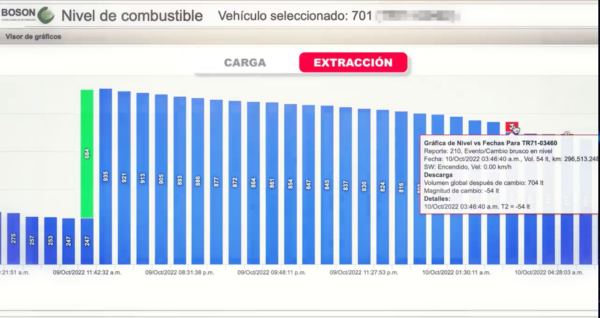
Cold chain
In countries with warm climates such as Mexico or Colombia, refrigerated trucks are essential for transporting perishable or temperature-sensitive cargo. Unlike regular trucks, where drivers only need to fill the diesel tanks to operate the engine, those belonging to the cold chain have an extra, specially designated fuel tank to power the trailer's refrigeration system.
So, it's obvious that one of the main expenses for refrigerated vehicles is fuel, followed by equipment and maintenance costs, and liability insurance. These units use approximately 1.5 to 4.0 liters of gasoline per hour to keep the cooling equipment running. This means the tanks consume around 10 to 24 liters in a workday, equivalent to $240 Mexican pesos per day. Keeping this in mind, tanks should be refilled on average every 2 to 4 days. Older or poorly maintained units will require even more fuel.
With this context, it's no surprise that having fuel and temperature sensors is crucial to this industry. One of the main solutions is receiving alerts for low fuel levels to prevent cooling systems from shutting down and the unit from going completely out of diesel. If this were to happen, not only would there be losses for the load, but also additional costs for a technician to arrive in an emergency, fill the tanks, and restart the entire system.
In addition, the sensors will be able to determine that the refrigeration machine is working at all times, being fueled by diesel, and not being illegally extracted.
Together with a telematics system, it will also allow for tracking fuel consumption, management, preventive maintenance, driving habits, reduce insurance premiums costs due to losses, and more.
The importance of a telematics platform
While there are various fuel sensors available in the market, they are not valuable on their own. They must work in tandem with GPS devices, telemetry systems, and a telematics platform that integrates and translates information into valuable data for businesses.
Also, many sensors offer powerful fuel analytics and management features. However, customers who utilize them likely already have GPS and/or telematics tracking platforms and want a centralized solution. This is where Navixy can provide added value to manufacturers and companies: having all the location information of their vehicles, along with the advantages of sensors like Boson TI that are already integrated into the Marketplace.
Furthermore, Navixy provides an open API solution for developing custom telematics solutions that allows you to integrate advanced fuel monitoring with other key tools like CRMs, ERPs, BI apps, and more.
Thus, a complete ecosystem can be created with other providers, such as cameras or sensors, to join forces and focus on the main objective: optimizing operations and reducing costs. Together, the software and hardware will serve not only for fuel savings, but also to detect extraction, fraudulent loads, losses, theft, underuse, financial data, assign awards or bonuses for operators' performance, and reduce maintenance or replacement costs for parts or vehicles.
In conclusion, fuel sensors can provide significant savings and benefits for various industries. Fuel is one of the biggest expenses for companies and by providing real-time data on consumption, fuel sensors assist fleet managers in making informed decisions that can generate cost savings and greater efficiency.
